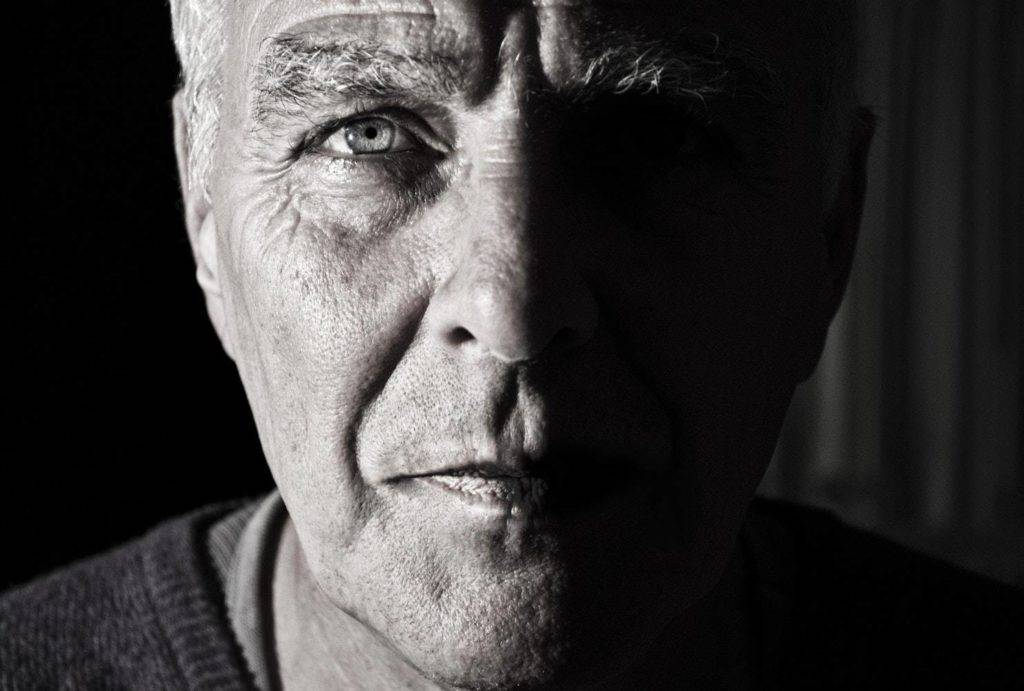
I recently wrote a post for Presentation Guru on the importance of “seeing” your audience. It was based on the Zulu word sawubona. Zulu, or isiZulu, is one of South Africa’s official languages and is spoken by approximately 10 million people.
Sawubona means, “I see you.” Not in the sense of, “I see you here in front of me, and I see that you are wearing blue jeans and sweater, and I see that your skin is brown and your eyes are hazel.” Sawubona means much more.
At its heart, sawubona means, “I see you. I see that you have ancestors and a culture and a history. You have hopes and fears, wants and needs, dreams and ambitions. I see you for who you are. I see you and I respect you.”
Sawubona has been described by worker and community leader Orland Bishop as an invitation to participate in each other’s life. Sawubona, he says, means that people give each other what they need to enhance that moment of life.
When you speak to an audience, the members of that audience are giving you their most precious commodity; they are giving you their time. If you speak to 100 people for one hour, that is 100 hours of collective time that those people will never get back. That is an incredible responsibility and you owe it to your audience to make that time worth their while. You have to give them something in return. You have to be there for them.
To read my post on Presentation Guru and learn some simple ways in which you can apply the principle of sawubona when you speak, just click this link.
Shortly after that post was published, I went to Barcelona for my annual teaching week at IESE Business School. While there, my good friend Conor Neill had his trusty video camera and we shot a number of short videos, including the one below. In it, I talk about sawubona.















